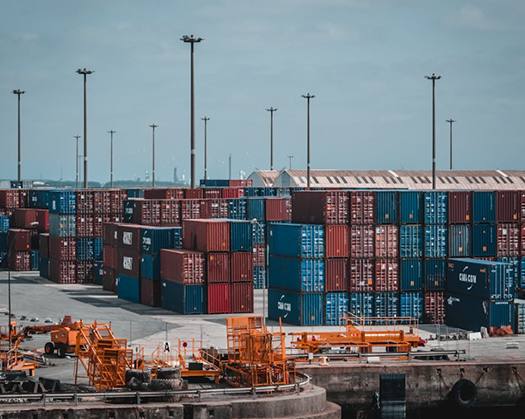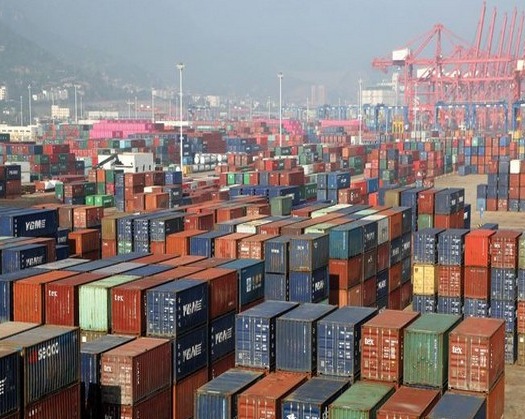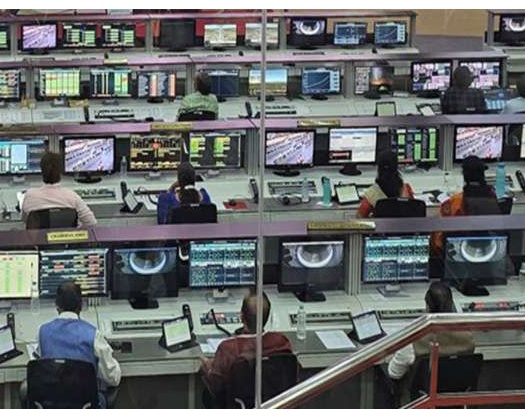New Delhi: According to a recent research by PL Capital, India's port sector is expected to expand at a quicker rate than many of the world's main economies, despite worldwide geopolitical tensions and uncertainty.
Growth is fueled by increased domestic consumption, larger commerce volumes, and ambitious government-led infrastructure projects.
Despite continuing geopolitical tensions and global uncertainty, we expect India's ports industry to expand quicker than other major economies, fueled by increased consumption and government-led projects.
The report said that ports and economic growth in India are intertwined. The government's goal to make India a worldwide manufacturing hub, together with measures to enhance exports, are expected to boost port development and the entire logistics industry.
According to estimates, cargo traffic at Indian ports increased at a compound annual growth rate (CAGR) of 6.2% between fiscal year 2002 and fiscal year 2025.
This expansion was led by non-major ports, which saw volumes grow at a greater CAGR of 9.1%, compared to a 4.7% CAGR increase at major ports. The demand for port infrastructure remains high as the country's trade expands and infrastructure develops.
India presently has 12 major seaports and over 200 non-major ports with a total capacity of around 2,700 million metric tonnes (mmt). Major ports are administered by the federal government, while non-major ports are managed by state governments.
The government has set a lofty goal of boosting overall port capacity to 10,000 million metric tons by 2047.
The report underlined various reasons that are projected to fuel this growth, including India's young population's rising aspirations, the government's strong infrastructure emphasis through programs such as Sagarmala and PM Gati Shakti, increased industrial and manufacturing activity, increased containerization, and a move toward multimodal logistics. In addition, the private sector is increasingly engaged in port development.
According to the study, the ports industry is undergoing a structural transition. Increased capacity, the use of technology to reduce turnaround time, improved loading and unloading standards, and enhanced connectivity all contribute to making Indian ports more efficient and capable of handling future trade volumes.
As India moves closer to its goal of becoming a $10 trillion economy by fiscal year 2030, the port industry is expected to play an important role in facilitating this economic progress.









